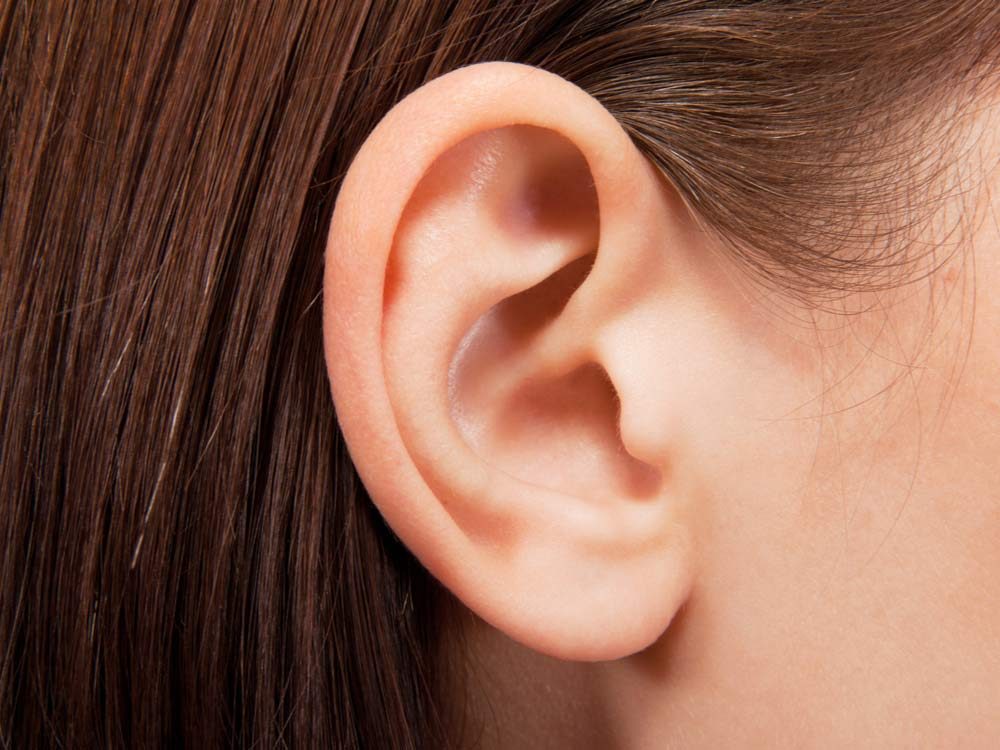
Prolonged Painkiller Use Linked to Hearing Loss
Acetaminophen and NSAIDs such as ibuprofen are a great go-to for aches. However, they’re now thought to affect the inner ear. A 55,850-subject observational study from the United States found that people who’d taken painkillers frequently—twice per week for six years or more, compared to less than one year of use—had a nine to 10 per cent greater chance of noticeable hearing loss. If you rely heavily upon these medications, ask your doctor if there are other options to manage your discomfort.

Self-Sabotage Influenced by Preferred Time of Day
“Self-handicapping” is when you try to protect your ego from failure by creating external reasons to perform poorly—staying out late before a job interview, for example, then blaming exhaustion and not ineptitude if you don’t get an offer. Indiana University psychologists discovered that people who tend to self-handicap do it the most when they’re operating at full capacity at their preferred time of day. It takes additional energy to create obstacles, so scheduling stressful tasks for off-peak times of day could be one way to avoid hindering yourself. A preferred fix would be to work in collaboration with a counsellor to overcome the tendency altogether.
Plus: 4 Surefire Ways to Boost Self-Esteem, According to Science

Seniors Who Care for Grandkids May Live Longer
Older people who look after their grandchildren from time to time could reap health benefits. In a study of 500 people from Berlin over 70 years of age, the risk of death among these subjects was 37 per cent lower than the risk for other subjects of the same age who didn’t spend time with their offspring’s offspring. Grandparenting may give people a sense of purpose while keeping them physically and mentally active, the researchers speculated.
Here are 17 Forgotten Manners Every Parent Should Teach Their Child.
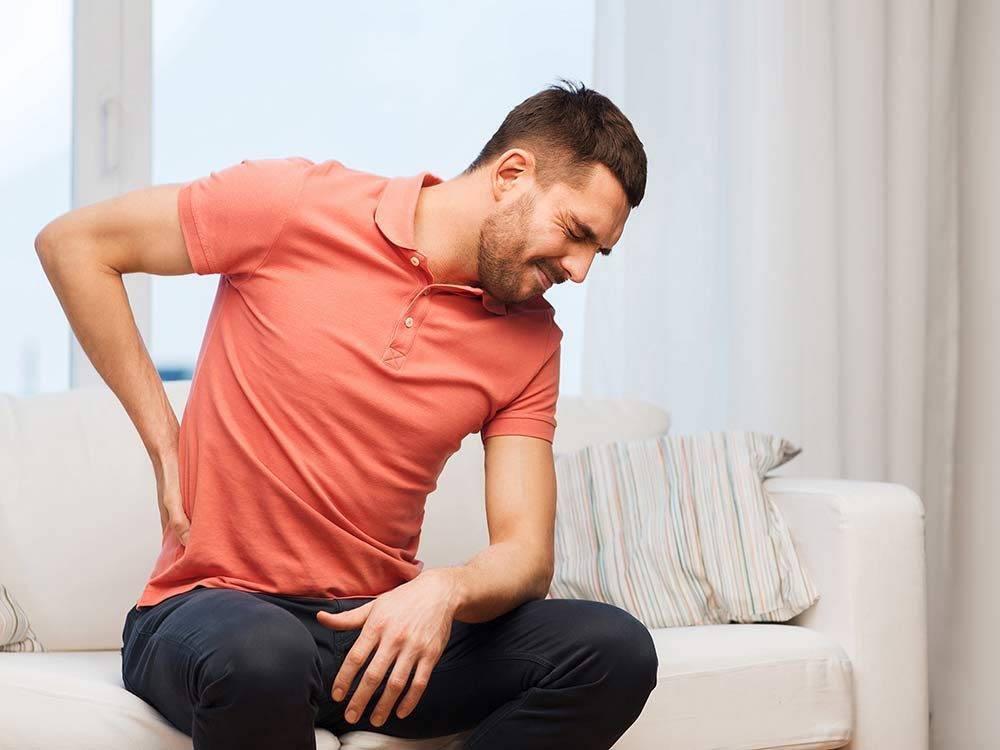
Aches and Pains Not Caused by Weather
The notion that you can feel the weather “in your bones” is a myth, according to two studies from the George Institute for Global Health in Sydney, Australia. For three months, more than 1,300 participants with osteoarthritis or recurring backaches took note of each time they experienced pain. Comparing their records to weather data didn’t reveal any significant association between flare-ups and rain, humidity, air pressure or temperature changes. Events that reinforce our existing beliefs tend to stick in our minds, the authors explained, so we’re more likely to remember the occasions when symptoms happened to coincide with weather factors.
Some parts of our body get more credit than others. Read up on the fascinating bits you’ve never considered.
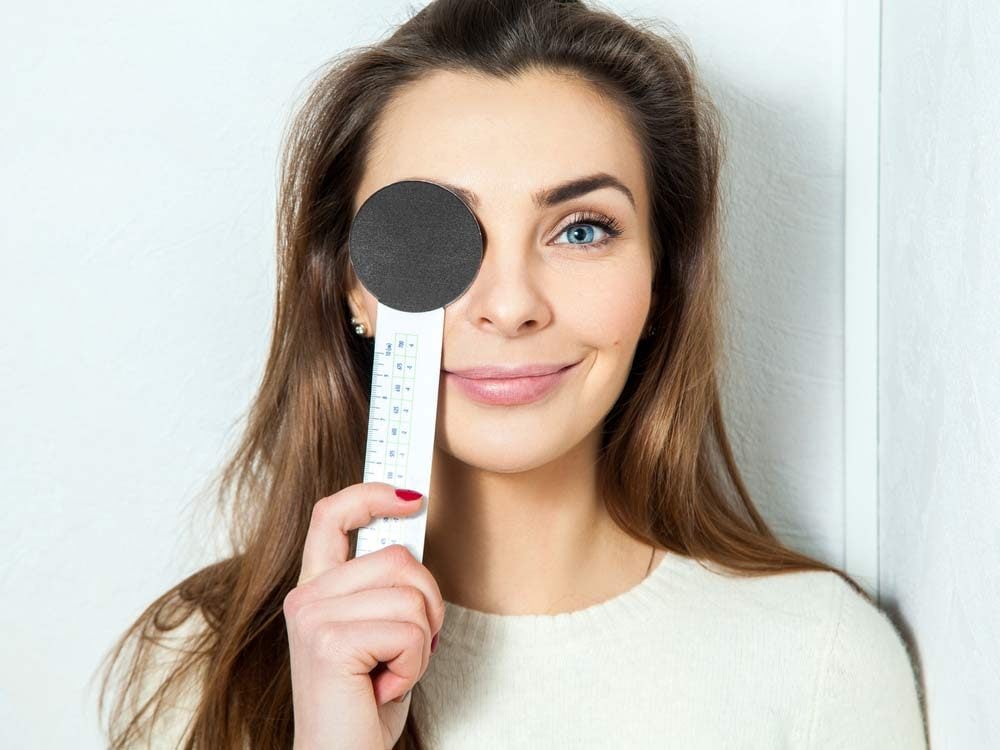
Standard Glaucoma Treatment Outperformed
The current treatment for primary angle-closure glaucoma—a sight-threatening eye problem—is laser iridotomy, which entails drilling a tiny hole in the eye to drain the fluid that is causing excessive pressure. It works well, but a recent international trial published in The Lancet found that replacing the eye’s natural lens with an artificial plastic one works even better. Compared to control subjects who were given the usual treatment, the 208 patients who received the alternative procedure wound up with better vision and needed to use eye drops less frequently. Already employed as a treatment for cataracts, lens extractions is just as safe as laser iridotomy.
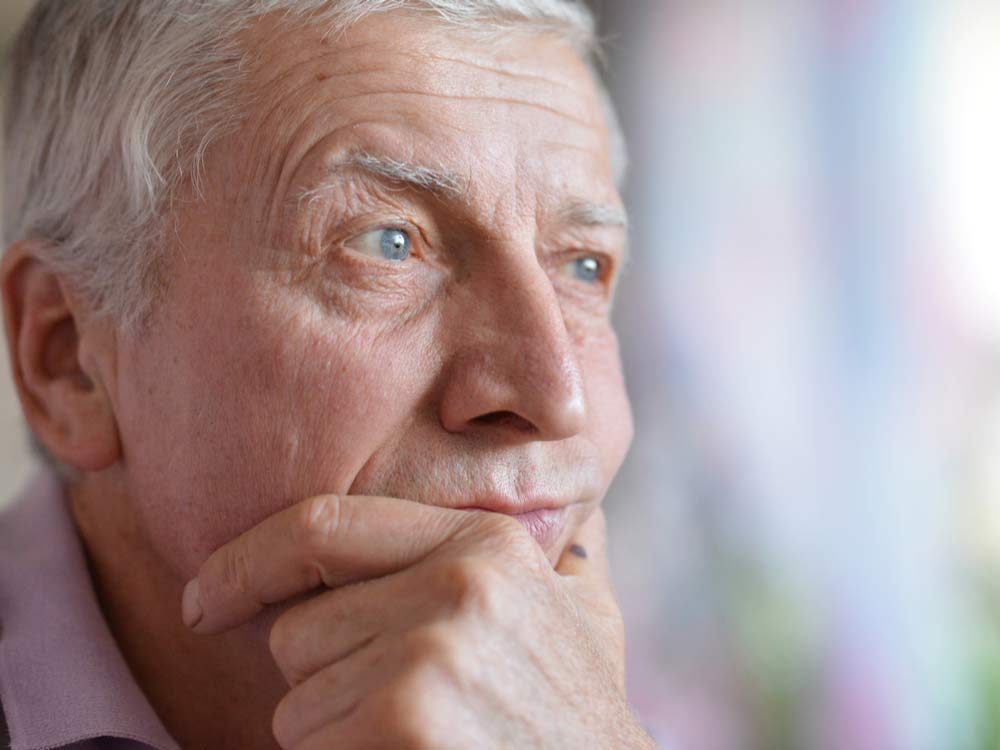
Inactivity Increases Risk of Dementia
Yet another reason to get off the couch: people who don’t get much exercise end up with the same dementia risk as those who are genetically predisposed to the disease, according to a study of 1,646 older adults out of McMaster University in Hamilton, Ont. Subjects with a particular variant of the gene called apolipoprotein E were at least three times more likely to develop Alzheimer’s—but only compared to genetically risk-free counterparts who were active at least three times a week. Leading a sedentary life seemed to cancel the benefits of healthy genes. This further proves physical activity helps the brain work effectively and is a strong prevention strategy.
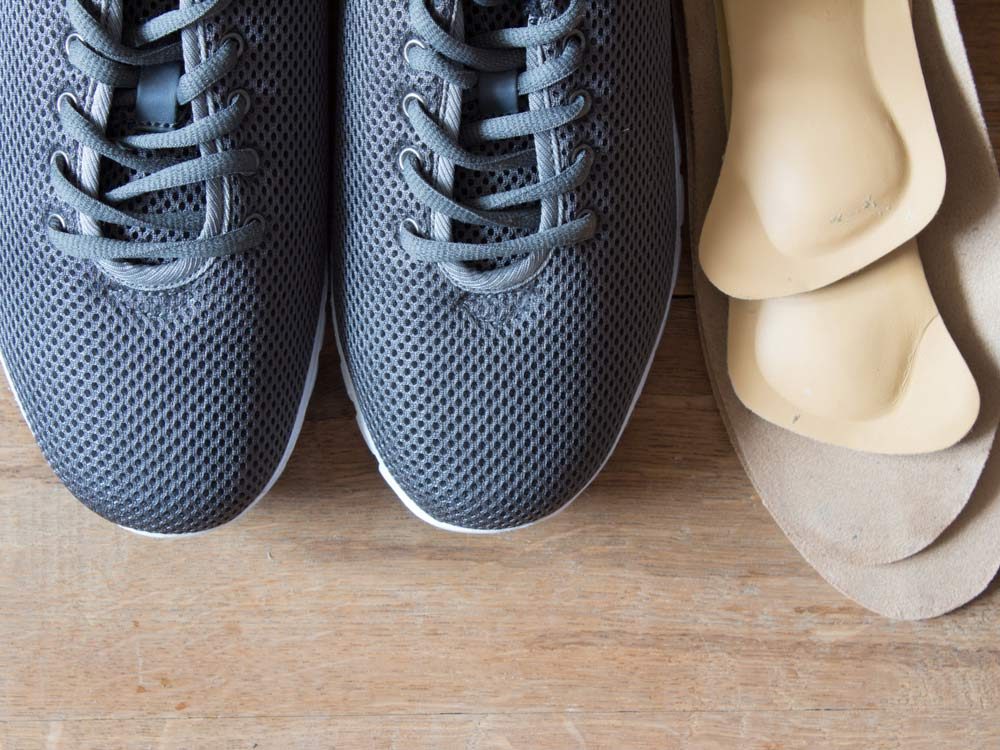
Many Seniors Wearing Ill-Fitting Shoes
Supporting the body takes a toll: with age, feet tend to get flatter, wider and longer. Two studies from the University of A Coruña in Spain suggest that older people pay a price when they don’t adapt their footwear to these changes. The first study looked at a sample of 100 seniors and found that 83 were wearing the wrong shoe size. The second determined that a poor fit leads to foot problems such as bunions and toenails malformations—problems that can ultimately affect walking, balance and independence.
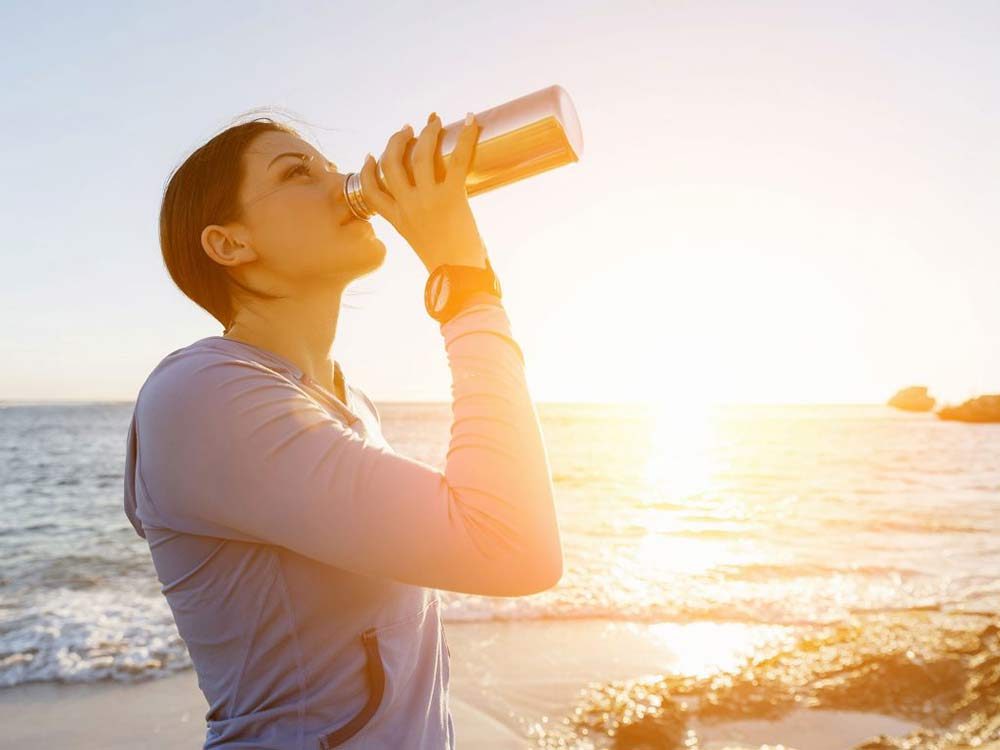
Drink Temperature Does Matter
When heat and activity have you sweating, both the amount of water you drink and its temperature make a big difference. University of Montana scientists monitored people walking briskly on a treadmill for three hours while the air was 31 C. Some refreshed themselves with an ice-water slushie while others drank lukewarm water. It took twice as much of the warmest fluids to maintain the same heart rate, physiological strain level and skin temperature. In other words, ice-cold liquids go a lot further towards helping the body regulate itself.

Drowsy Driving Doubles Crash Risk
Drivers who are running on only four to five hours of sleep are just as dangerous as drunk drivers, statistically speaking. Another finding from a December 2016 report by the American Automobile Association Foundation for Traffic Safety: if you’ve got just five to six hours of sleep under your belt, you’re doubling your risk of a crash. The researchers recommended that drivers not rely on how exhausted they feel to gauge whether or not they should get behind the wheel. Instead, aim to have at least seven hours of shut-eye.
Here are five driving hazards that should remain on your radar during summer.

Birds Helpful for Mental Health
A study published in BioScience surveyed the amount of birdlife found in parts of Southern England. In areas with more birds, there were lower rates of anxiety and depression. The association between feathered friend and psychological well-being held fast even after controlling for age, ethnicity, household income and neighbourhood poverty. The authors speculated that the health-boosting power of birds might lie in the fact that seeing these animals and hearing their songs makes you feel relaxed and connected to nature.
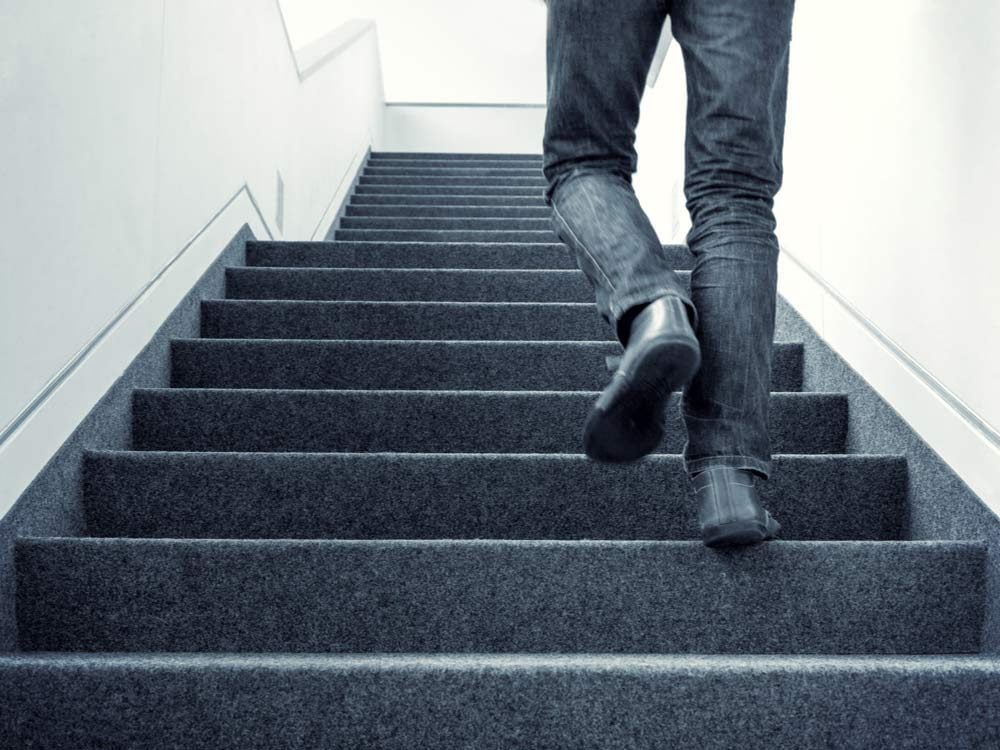
Stair Walking Provides Energy Boost
Falling asleep on the job? A short jaunt up and down the stairs will provide a better pick-me-up than a small dose of caffeine, suggests a study in Physiology & Behavior. Sleep-deprived subjects were asked to either walk on a staircase for 10 minutes or ingest 50 milligrams of caffeine (the rough equivalent of a cola, half a cup of coffee or a cup of black tea). The stair walkers felt more energetic than those who had ingested capsules containing caffeine or a placebo.
Everyone’s sleep requirements are different. Here’s what you need to know to get the best rest.
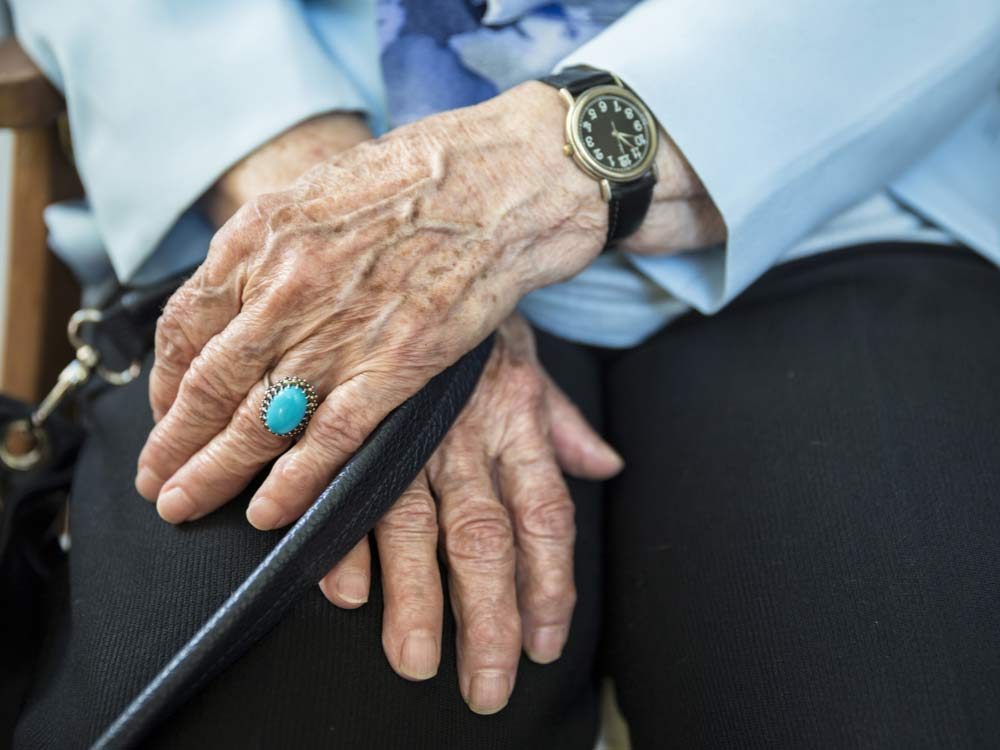
Surgery is the Leading Incontinence Treatment
Nearly one in 10 older men and one in five older women have urinary incontinence. When an international team reviewed the scientific literature to compare treatments; they discovered that surgery was the most effective option, with an 82 per cent cure rate for people with stress UI (brought on by sneezing, etc.) Pelvic floor exercises ranked second, with a rate of 53 per cent. Drugs had a 49 per cent chance of curing patients with urge UI (a sudden need to urinate), while “bulking agents”—fillers injected into the area around the urethra to tighten it—worked only 37 per cent of the time.
Plus: 8 Genius Habits Your 80-Year-Old Brain Will Thank You for Doing Today

Gratitude Really is Good for You
Expressing gratitude promotes mental and physical health, according to a recent review by University of Montana scholars. Gratitude is different from happiness, they said, because it stems from a sense of having received a gift or a benefit. Besides psychological perks, such as optimism and decreased stress and envy, being grateful also brings concrete health results (fewer illnesses and improved sleep). Finally, it strengthens relationships: one heartfelt expression of appreciation can enhance relationship quality for up to six months afterwards.
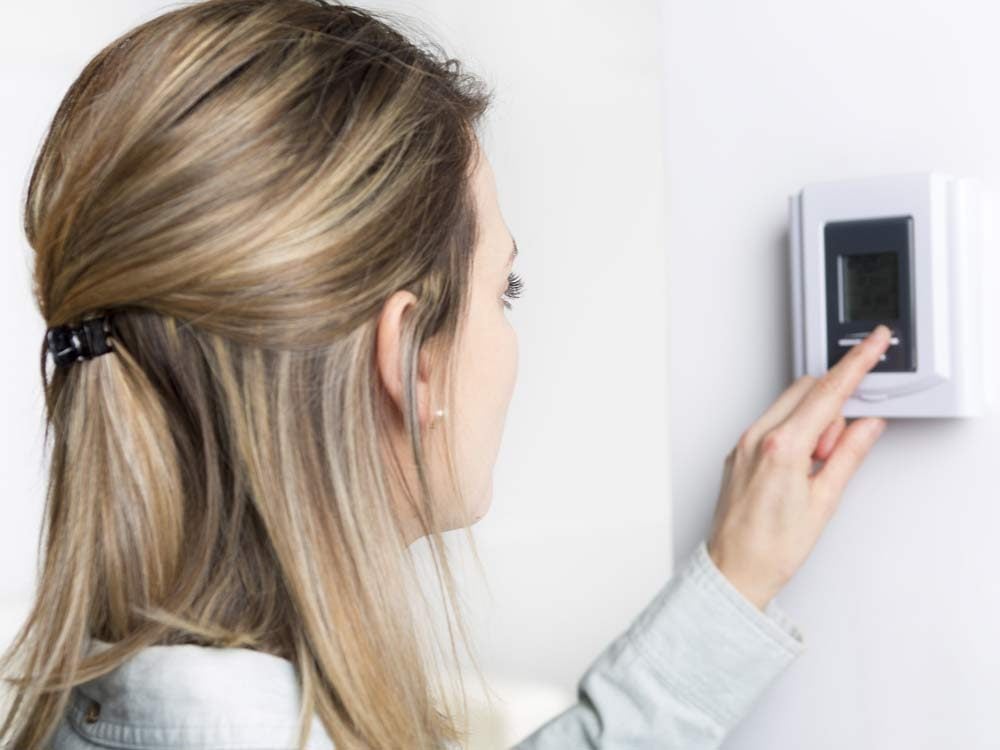
Benefits Linked to Varying Indoor Temps
The standard comfort zone where most buildings set their thermostats is between 21 and 23 C. However, brief exposure to slightly warmer or cooler temperatures throughout the day burns more calories, claims a paper from Maastricht University Medical Center in the Netherlands. What’s more, mild chilliness influences glucose metabolism: in a previous study, type 2 diabetes patients increased their insulin sensitivity by more than 40 per cent—a result comparable with the best drug treatments out there—after 10 days of occasional heat dips.
Plus: 7 Tricks to Keep Your House Cool Without Air Conditioning